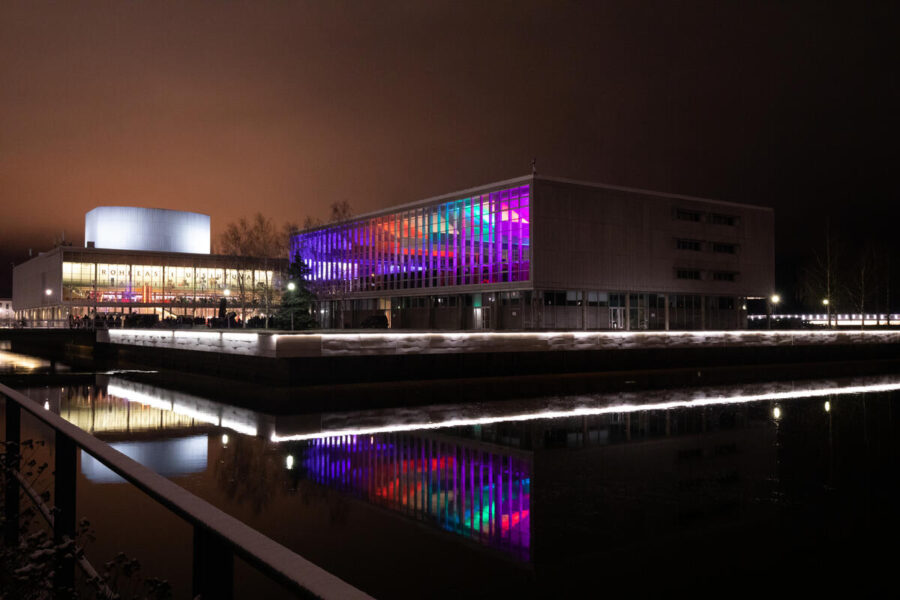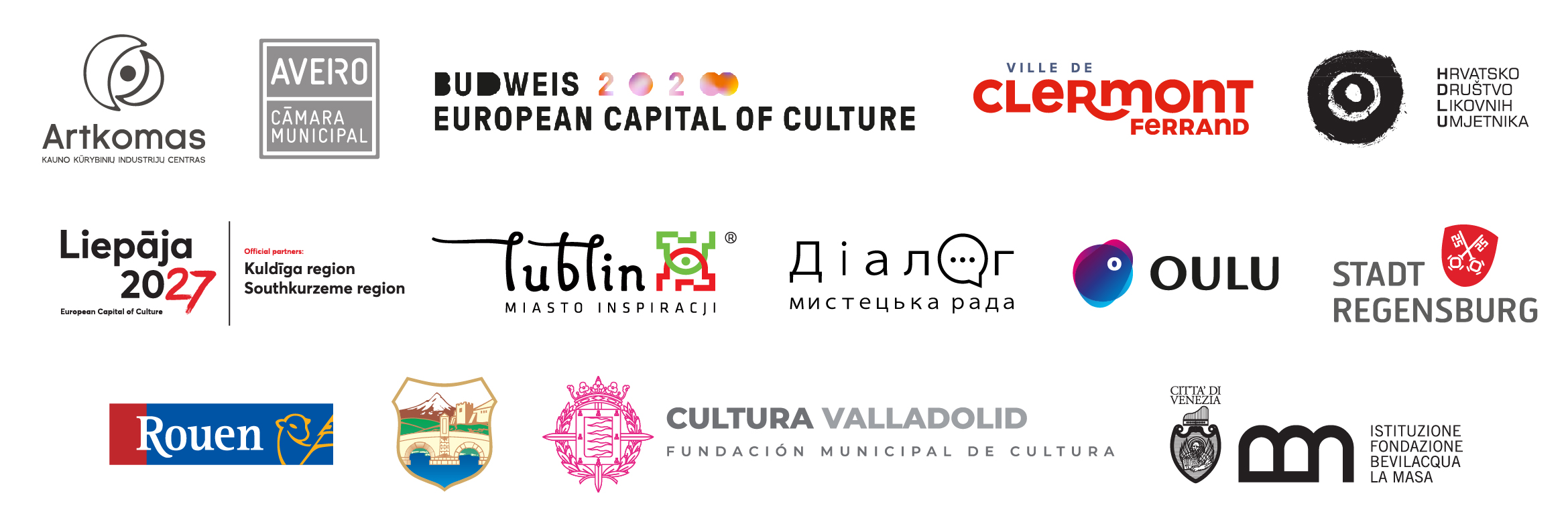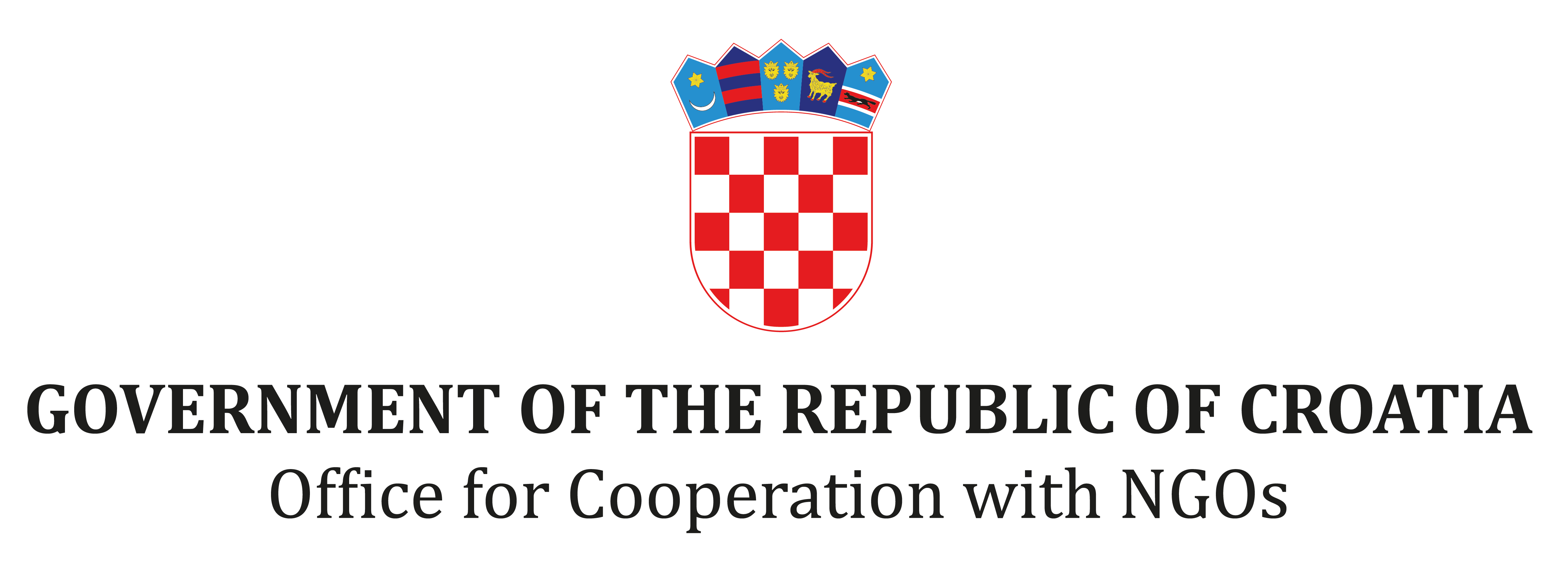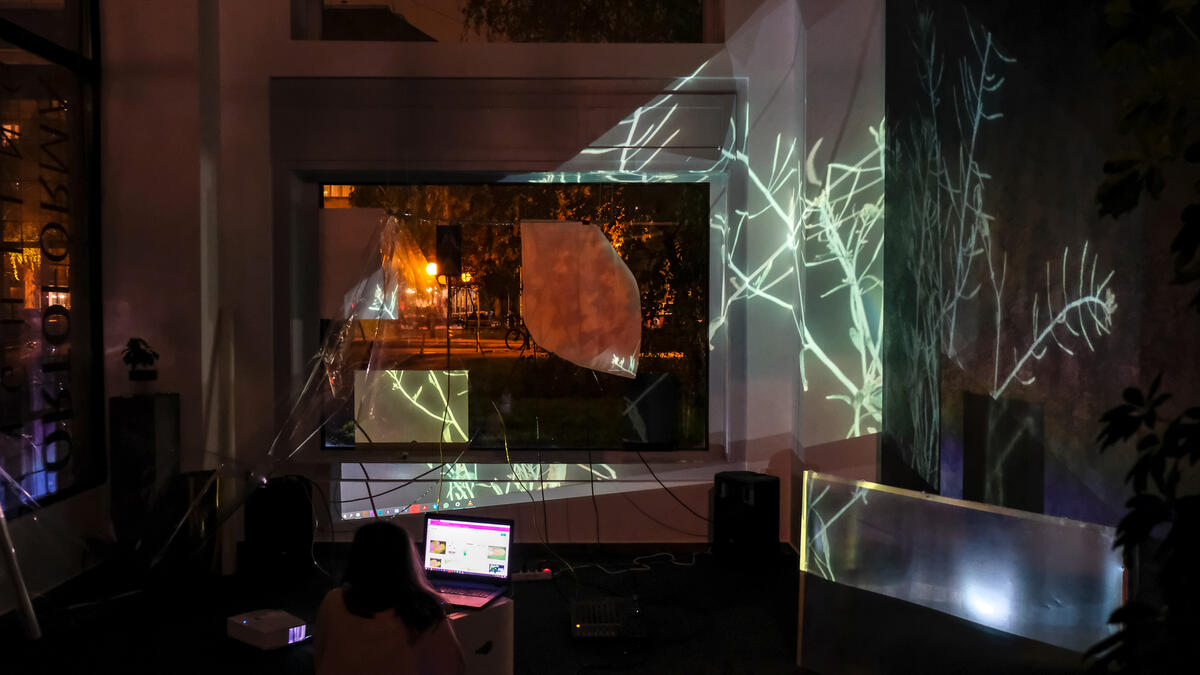
CreArt Artist in Residence: Lumo Light Festival in Urban Neighbourhoods of Oulu | Oulu, Finland October-November 2024
The General Cultural Services of the City of Oulu opens a residency call for artists of the CreArt network as part of the program production of the Lumo Light Festival and the Urban Neighbourhood Culture of Cultural Centre Valve.
As an Arctic European city, Oulu has a special relationship with light and darkness. Lumo Light Festival celebrates light and visual arts during the darkest time of the year in Northern Finland as a city-wide open event. Located and organized by the City of Oulu, Lumo is the largest festival in Oulu area and a solid audience-favorite with over 100.000 annual visitors on the festival weekend.
A special theme at Lumo Light Festival 2024 is interaction. We encourage artists to contemplate how to promote and encourage open and respectful dialogue between different points of view and showcase this in their installation proposals. Lumo Light Festival is an integral part of Oulu’s upcoming European Capital of Culture year Oulu2026 and the city’s work in the UNESCO Creative Cities Network for Media Arts.
As the installations of the Lumo Light Festival are traditionally concentrated in the Oulu city centre, the CreArt residency wants to take visual art to new, surprising locations on the borders of Oulu and create art pieces in our peri-urban and rural communities with the CreArt AiR Program 2024.
The Urban Neighbourhood Culture facilities of Cultural Centre Valve produce and develop neighborhood culture and opportunities for cultural activities in different districts of Oulu. The aim of the district activities is to support and promote the regions’ own cultural activities. It creates opportunities for art and culture and brings cultural services and events within everyone’s reach. With the light and media art works implemented in Oulu’s neighborhoods during Lumo, Valve’s Neighborhood Culture facilities aim to promote these goals in the more diverse neighborhoods of the northern city.
The open portfolio call is aimed at artists in the visual field of the CreArt network who work in the fields of light and media art. Urban neighbourhood works of Lumo can be light and media art, community and environmental art, installations or surprising visual art interventions in a city where November is the darkest time of the year.
Urban Neighbourhood Culture of Cultural Centre Valve
Overall schedule and eligible artists
The portfolio search is open from 20 June to 11 August 2024.
Artist and work selections will be made in week 33, by 18 August 2024. Selected artists will be notified of the selection separately to initiate travel and accommodation arrangements. The artist and work selections are published as part of the communication of the CreArt project, Cultural Centre Valve and the Lumo Light Festival. 1–2 artists from the CreArt network are selected for the residency.
The artist applying for the residency must have been born or live in one of the cities in the CreArt 3.0 network: Kaunas (Lithuania), Liepaja (Latvia), Skopje (North Macedonia), Aveiro (Portugal), Valladolid (Spain), Lublin (Poland), Venice ( Italy), Clermont-Ferrand and Rouen (France), Ceske Budejovice (Czech Republic) and Regensburg (Germany).
In addition, HDLU (Croatian Association of Visual Artists) members can apply for the residency period.
Ukrainian artists apply in cooperation with Lviv Artistic Council Dialogue.
The residency period is 21 October – 30 November 2024 (six weeks) and the realized works will be exhibited at the Lumo Light Festival on 22-24 November 2024. The locations of the artworks are selected according to the work plans, coordinated by the Valve Neighborhood Culture facilites, and they are located in selected districts/neighborhoods in Oulu.
Description the work plan
The work plan for the residency must include a brief description of the work to be implemented, the materials used and its technical requirements, the working process and the artistic theme of the work (max. length two A4 pages). A work placed outdoors can be, for example, a light and media art installation, environmental and/or community artworks. The artist applying for the residency must submit a CV and a portfolio (including work samples in a suitable file format) and a copy of the passport.
Residence fees and other costs
The residency’s work plan must detail an estimate of the materials and technical requirements related to the work’s implementation. Required technical equipment is acquired per piece, other required materials are allocated max. €1,500.
The residency period in Oulu includes the artist’s residency fee of €2,500/gross, travel expenses from the artist’s hometown to Oulu and back, and accommodation expenses in Oulu (6 weeks). Material and technical costs as well as workspace rent are included in the open call. The working spaces required by the work plan are arranged separately according to the work sites.
A cooperation agreement with the General Cultural Services of the City of Oulu will be drawn up for the implementation of the selected work.
Selection criteria
The artworks are selected by a professional council coordinated by the CreArt project coordinator, Valve Neighbourhood culture and the Lumo Light Festival. The work plan must support the goals of the festival and Valve Neighbourhood Culture in general.
Portfolio delivery and application deadline
The open call deadline is Sun 11 August 2024.
Register on the intranet of the CreArt project and upload your portfolio by 11 August 2024. The residency work plan can also be submitted by email (zip file or link to the application materials): Project Coordinator Hanna Jakku, hanna.jakku@ouka.fi, tel. +358 50 3468 537.
Within the project:
![]()
Partners:

Co-funded by:
![]()



Co-funded by the European Union – CREA-CULT-2023-COOP. The views and opinions expressed are solely those of the authors and do not necessarily reflect the official views of the European Union or the European Education and Culture Executive Agency (EACEA). Neither the European Union nor the European Commission can be held responsible for them. [Project number: 101128499]
Project is co-financed by the Government Office for Cooperation with NGOs.
The views expressed in this announcement are the sole responsibility of HDLU and do not necessarily reflect the opinion of the Government Office for Cooperation with NGOs.
















